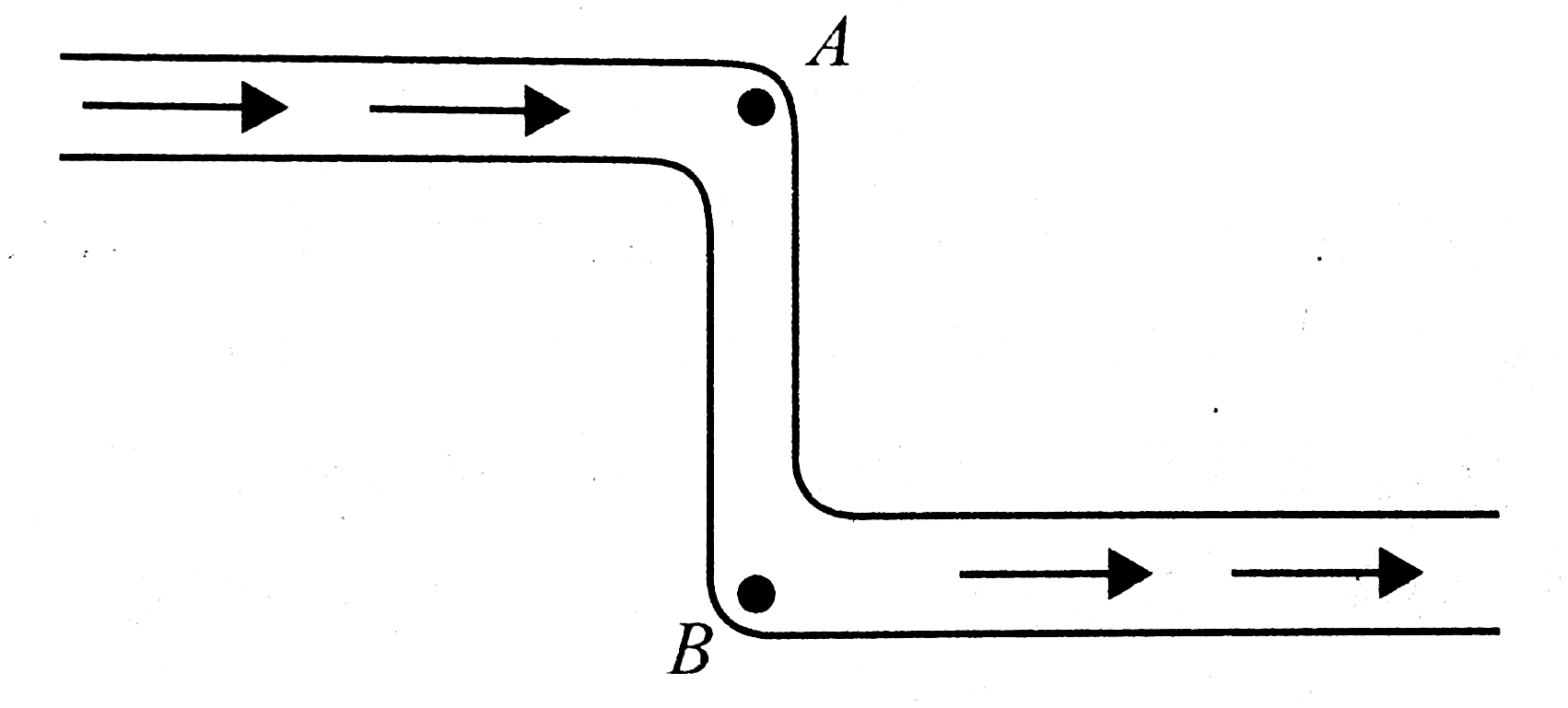A liquid has
a fixed shape and a fixed volume
no fixed shape but a fixed volume
no fixed shape and no fixed volume
a fixed shape but no fixed volume
To solve the question, we need to analyze the properties of liquids and compare them with the options provided.
1. Identify the State of Matter:
- We know that liquids are one of the three primary states of matter, the others being solids and gases.
2. Understand the Properties of Liquids:
- Liquids do not have a fixed shape. This means that they take the shape of the container they are in. For example, if you pour water into a bottle, it will take the shape of the bottle.
- However, liquids do have a fixed volume. This means that the amount of liquid remains constant regardless of the shape of the container. For instance, one liter of water will always be one liter, whether it's in a glass, a jar, or a bowl.
3. Evaluate the Options:
- Now let's look at the options given:
1. Fixed shape and fixed volume
2. No fixed shape but a fixed volume
3. No fixed shape and no fixed volume
4. Fixed shape but no fixed volume
- Based on our understanding of liquids, we can eliminate options 1, 3, and 4 because:
- Option 1 suggests that liquids have a fixed shape, which is incorrect.
- Option 3 suggests that liquids have neither a fixed shape nor a fixed volume, which is also incorrect.
- Option 4 suggests that liquids have a fixed shape, which is incorrect.
- This leaves us with option 2, which states that liquids have no fixed shape but a fixed volume.
4. Conclusion:
- The correct answer is option 2: "No fixed shape but a fixed volume."
Final Answer:
The correct option is 2. No fixed shape but a fixed volume.
- We know that liquids are one of the three primary states of matter, the others being solids and gases.
- Liquids do not have a fixed shape. This means that they take the shape of the container they are in. For example, if you pour water into a bottle, it will take the shape of the bottle.
- However, liquids do have a fixed volume. This means that the amount of liquid remains constant regardless of the shape of the container. For instance, one liter of water will always be one liter, whether it's in a glass, a jar, or a bowl.
- Now let's look at the options given:
1. Fixed shape and fixed volume
2. No fixed shape but a fixed volume
3. No fixed shape and no fixed volume
4. Fixed shape but no fixed volume
- Based on our understanding of liquids, we can eliminate options 1, 3, and 4 because:
- Option 1 suggests that liquids have a fixed shape, which is incorrect.
- Option 3 suggests that liquids have neither a fixed shape nor a fixed volume, which is also incorrect.
- Option 4 suggests that liquids have a fixed shape, which is incorrect.
- This leaves us with option 2, which states that liquids have no fixed shape but a fixed volume.
- The correct answer is option 2: "No fixed shape but a fixed volume."
The correct option is 2. No fixed shape but a fixed volume.
Topper's Solved these Questions
- BOOK - ICSECHAPTER - MATTEREXERCISE - Exercises (Section I) Write T for True and F for False. Correct the False statements5videos
MATTER
- BOOK - ICSECHAPTER - MATTEREXERCISE - Exercises (Section I) Choose the correct option to fill in the blank5videos
MATTER
- BOOK - ICSECHAPTER - MATTEREXERCISE - Picture Based Questions2videos
MATTER
- BOOK - ICSECHAPTER - MAGNETISMEXERCISE - Picture Based Questions12videos
MAGNETISM
- BOOK - ICSECHAPTER - MODEL TEST PAPERS EXERCISE - TEST PAPER II (SECTION II) Numerical questions2videos
MODEL TEST PAPERS
Similar Questions
Knowledge Check
- Question 1 - Select One
In the figure, an ideal liquid flows through the tube, which is of uniform cross section. The liquid has velocities vA and vB, and pressures PA and PB at the points A and B, respectively. Then
 AvB>vABvB=vACPB<PADPB=PA
AvB>vABvB=vACPB<PADPB=PA
An azeotropic solution of two liquid has boiling point lower than either of them when it
View SolutionAn azeotropic solution of two liquid has boiling point lower than either of them when it
View SolutionOne mole of acetone requires less heat to vaporise than 1 mole of water. Which of the two liquids has higher enthalpy of vaporisation ?
View SolutionFig. shows the same block of wood floating in three different liquids A, B and C of densities by e1,e2 and e3 respectively. Which of the liquid has the highest density? Give a reason for your answer.
 View Solution
View SolutionFig shows the same block of wood floating in three different liquids A,B and C of densities ρ1,ρ2 and ρ3 respectively. Which liquid has the highest density? Give reason for your answer.
 View Solution
View SolutionState whether the given statement is correct or not :
An azeotropic solution of two liquids has a boiling point higher than either of the boiling points of the two liquids when it shows negative deviation from Rault's lawView SolutionCarbon dioxide unusual because it has no liquid phase at normal atmospheric pressure. Instead, the solid sublimes directly to the gas phase. To obtain the liquid phase at room temperature, a pressuer of _____MP a must be applied.
View Solution

